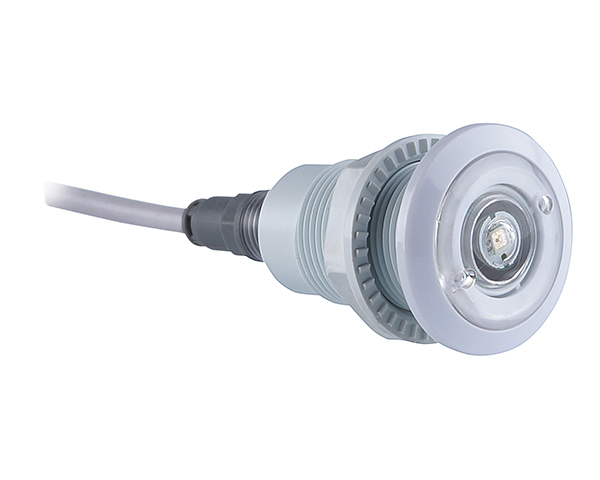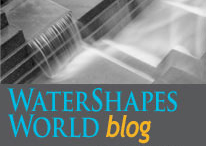waterfeature design
S.R. Smith (Canby, OR) has introduced the Treo Micro line for accent lighting and for…
'Few things are as important to the aesthetic impression made by swimming pools, spas and other watershapes as the colors you select to use in and around them,' wrote David Tisherman in opening his Details column in the September 2005 issue of WaterShapes. 'Take tile as an example. Whether it's just a waterline detail, a complete interior finish or some elaborate mosaic pattern, it serves to draw the eye into a design. If the color and material selections work, the scene can become
It all started at the Orlando pool expo last November, when Noah Nehlich stopped by the WaterShapes booth toward the end of the show and asked how we might work together. He's the founder of Structure Studios (which produces the Pool Studio software system), and I have to admit that I'd never been terribly receptive to the concept of digital design. At that point, in fact, I was still so
Back in 2001, I took a job working for a high-volume pool-construction firm as one of its 30 salespeople. For the first four years or so, I did all of my design work by hand. Quantity was always king in that operation, so I never even left the office: Someone would hand me a set of plans and I'd start working, despite the fact I'd never walked the site, seen its surroundings or had any
There's a common misperception among designers and builders whose projects carry them beyond a pool and spa and out into the landscape: In large numbers, these professionals believe that low-voltage landscape lighting systems are perfectly safe for use in close proximity to the water. The truth of the matter is that the National Electric Code (NEC) has defined an exclusionary zone of ten feet around pools and spas for these fixtures! That's right: Even with low-voltage
More than three years ago, I was approached by a talented landscape architect (and good friend) to look at project with an interesting twist: the celebration of the agricultural history of a well-known California city. I’ve long been fascinated by history and have taught the history of art and architecture in a variety of settings, so when Lance Walker (then principal at The Collaborative West, San Clemente, Calif.) called me, I was keenly motivated to hear more about his plan to pay homage to those who had jump-started a major modern community by harnessing a natural watercourse to
As a sculptor, I always seek ways to use my work to create positive (and sometimes intellectually challenging) experiences for those who have the opportunity to see what I've done. In my case, most of the time I'm not trying to make direct, narrative or literal statements. Instead, I seek to conjure feelings of fascination that lead to appreciation and enjoyment: You don't necessarily have to understand the forms I create to walk away from them with good feelings. When I have the opportunity to work in public settings (as was the case in the project featured on these pages), I'm stimulated by the idea that large numbers of people will be exposed to my sculpture and that, in many cases, those people will be exposed to what I've done over and over again because they'll be passing by at least twice each day as they go to and from their jobs in adjacent buildings. In this case, I was working next to an office tower in Century City - a famous business and entertainment district near downtown Los Angeles - which meant that thousands would repeatedly be walking right past my work and would come to accept it as part of their daily lives. In that light, I see art set amid architecture as a permanent commitment, as a cultural reference that has the potential to resound for generations. This recognition fills me with a heightened sense of
As a sculptor, I always seek ways to use my work to create positive (and sometimes intellectually challenging) experiences for those who have the opportunity to see what I've done. In my case, most of the time I'm not trying to make direct, narrative or literal statements. Instead, I seek to conjure feelings of fascination that lead to appreciation and enjoyment: You don't necessarily have to understand the forms I create to walk away from them with good feelings. When I have the opportunity to work in public settings (as was the case in the project featured on these pages), I'm stimulated by the idea that large numbers of people will be exposed to my sculpture and that, in many cases, those people will be exposed to what I've done over and over again because they'll be passing by at least twice each day as they go to and from their jobs in adjacent buildings. In this case, I was working next to an office tower in Century City - a famous business and entertainment district near downtown Los Angeles - which meant that thousands would repeatedly be walking right past my work and would come to accept it as part of their daily lives. In that light, I see art set amid architecture as a permanent commitment, as a cultural reference that has the potential to resound for generations. This recognition fills me with a heightened sense of



















